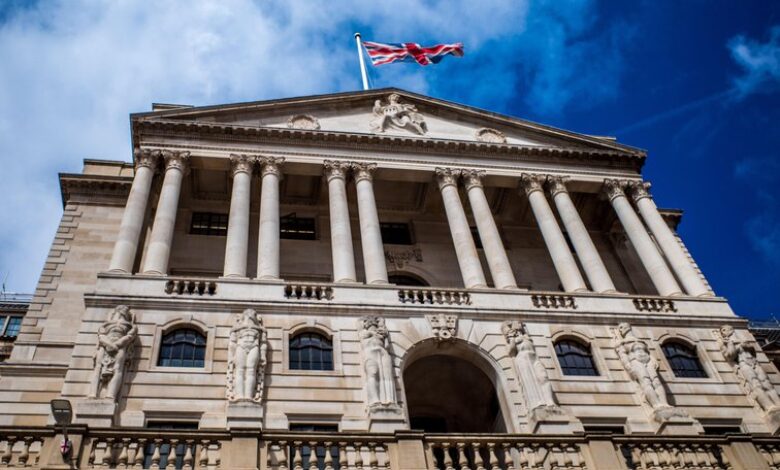Bank of England’s Cautionary Note on Asset Tokenization

The Bank of England‘s Financial Stability report recently highlighted concerns over the burgeoning trend of asset tokenization on blockchains, identifying potential systemic risks associated with the rapid growth of unbacked cryptocurrencies and stablecoins. This shift is primarily fueled by the increasing adoption of crypto technologies by banks, facilitating the tokenization of real-world assets and currencies.
Managing Risks Amidst Accelerating Asset Tokenization
Within this landscape, banks are actively exploring the use of programmable ledgers and smart contracts to tokenize various assets, a process that involves creating digital representations of tangible assets. This trajectory, forecasted by asset management company 21.co to reach a $10 trillion market by 2030, indicates a significant evolution within the crypto ecosystem.
Major financial institutions such as HSBC and Societe Generale have publicly announced their intentions to venture into digital-assets custody services and tokenized securities sales, further solidifying this trend. Concurrently, crypto exchanges like Archax are gearing up to facilitate trading platforms dedicated to tokenized assets.
However, as the scale of asset tokenization expands, the Bank of England cautions against potential risks looming over the broader financial landscape. Specifically, concerns center around the heightened interconnectedness between crypto assets and traditional financial assets, both represented on the same ledger. Moreover, this growth could lead to direct exposures for systemic institutions, necessitating vigilant monitoring and international collaboration among regulators to navigate these challenges effectively. Regulatory bodies are actively engaged in formulating strategies to regulate and accommodate the emerging landscape of fund tokenization.





